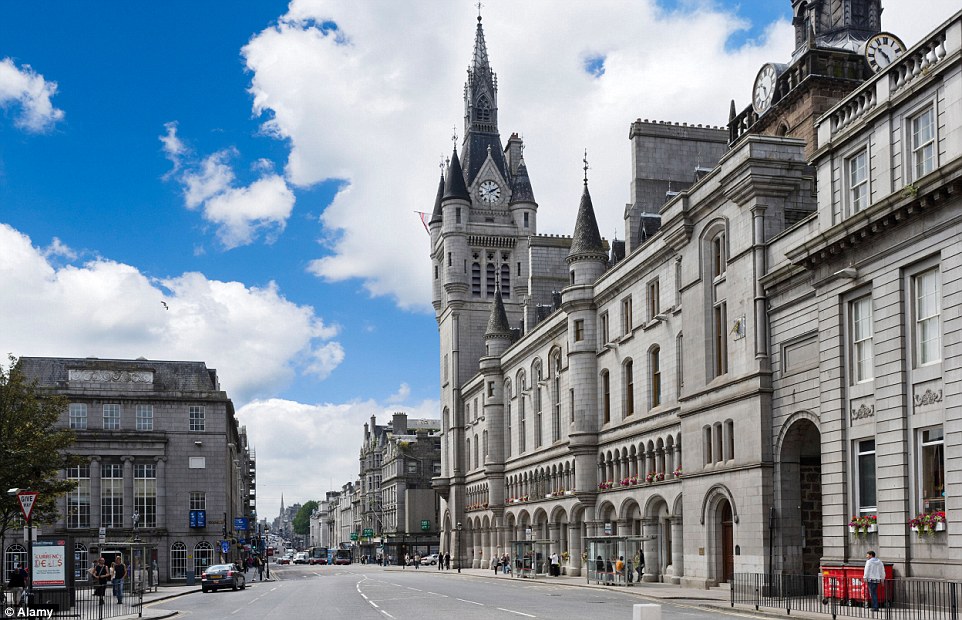
Scotland starts the English Civil War
The first mention of the navy in Sir Walter Scott’s, Tales of a Grandfather, occurs when Charles 1st, in 1638/39, decided to invade Scotland in what might be considered the first arming in preparation for the Civil War. The Scots, not just the nobility, but the ordinary people, some would prefer, not just the ordinary people but also the nobility, had refused to accept bishops and, to enforce his will, Charles had called out what, in Arthur’s time, would be called the Fyrd – those having obligations to their local lord. It included men from as far south as Dorset and was marched north to face a Scottish army built of men hardened in years of fighting as mercenaries on the continent. The English ‘army’ virtually ran away. The Fyrd were to be paid by the king but his money ran out and it is recorded that at least one returning group beat up their officers.
Getting back to the navy, Charles had given instructions that it was to be assembled in the Firth of Forth ready to support his army. Unfortunately, it was commanded by a Scotsman, the Marquis of Hamilton, who seems to have been lukewarm about supporting an English invasion of his own country. It needs to be pointed out that the Scottish navy, there was no British Royal Navy at that time, was manned by ‘low country people’ and not the Highlanders who rose in later Jacobite struggles, and it is unlikely that Hamilton would have been able to get them to fire on their compatriot Presbyterians.
To finish the early moves in what became the ‘English’ Civil War, in 1640, when the Scots were warned that Charles was again collecting the Fyrd, they recalled their own and invaded England as far as the Tyne. They sat there until they were given three hundred thousand pounds by parliament.
One of the interesting things about this exercise is that the Earl of Montrose, James Graham, a later hero of the Jacobites, was one of the leaders of the invading Presbyterian army. As a Presbyterian Covenanter, he ‘chastised’ the City of Aberdeen for their lack of zeal in opposing the English form of worship. One can only deduce he fought for the adrenaline rush it gave him.
The picture is Aberdeen.